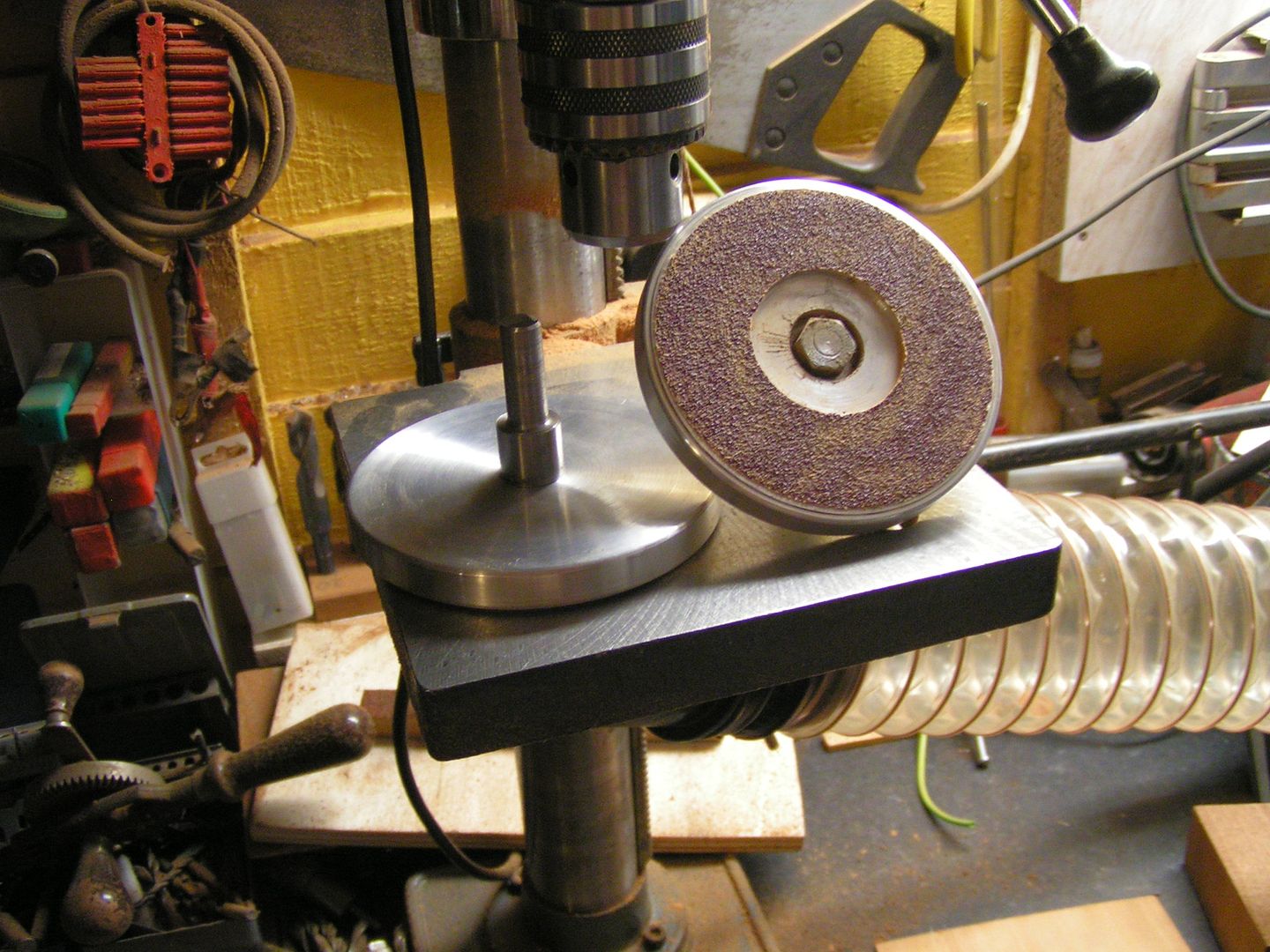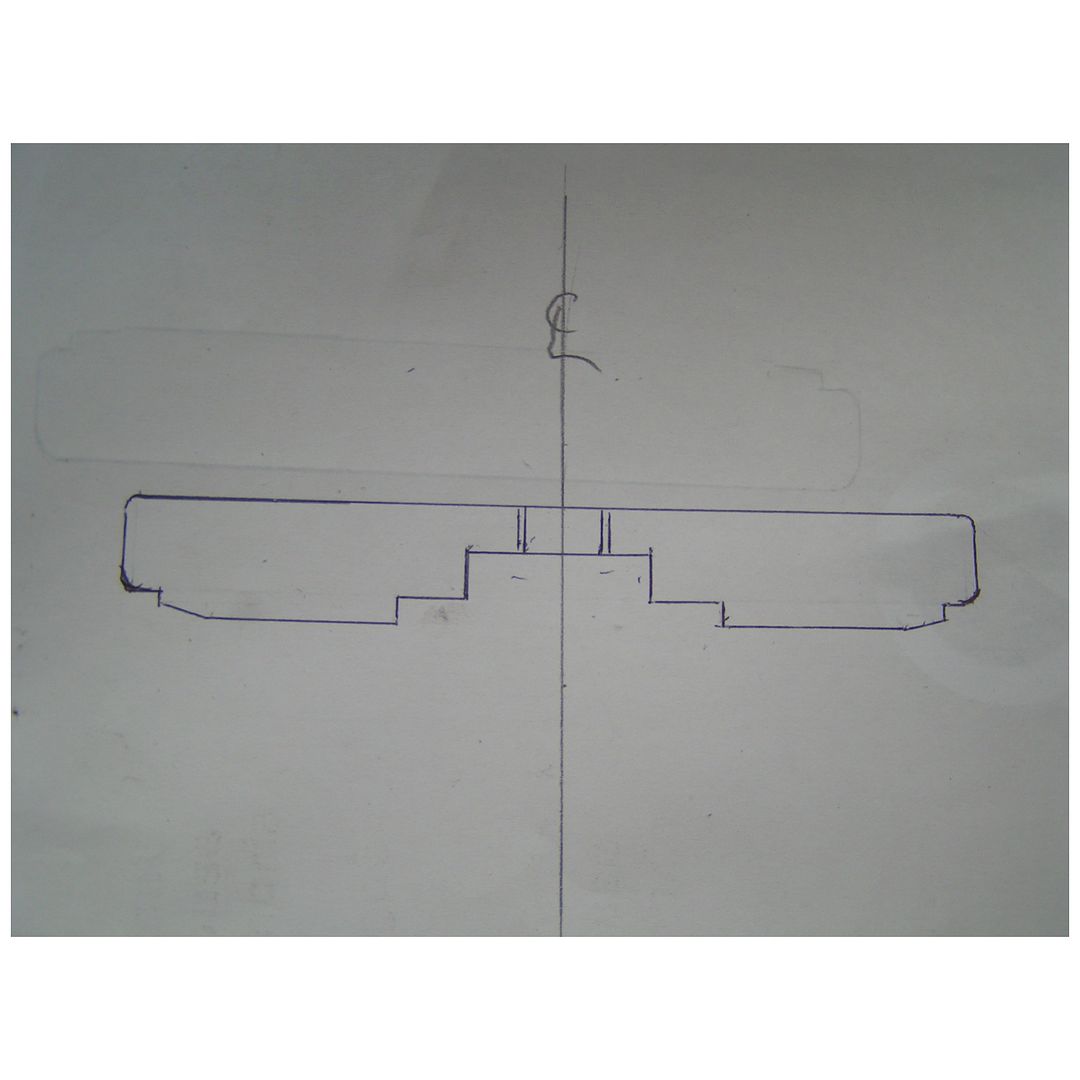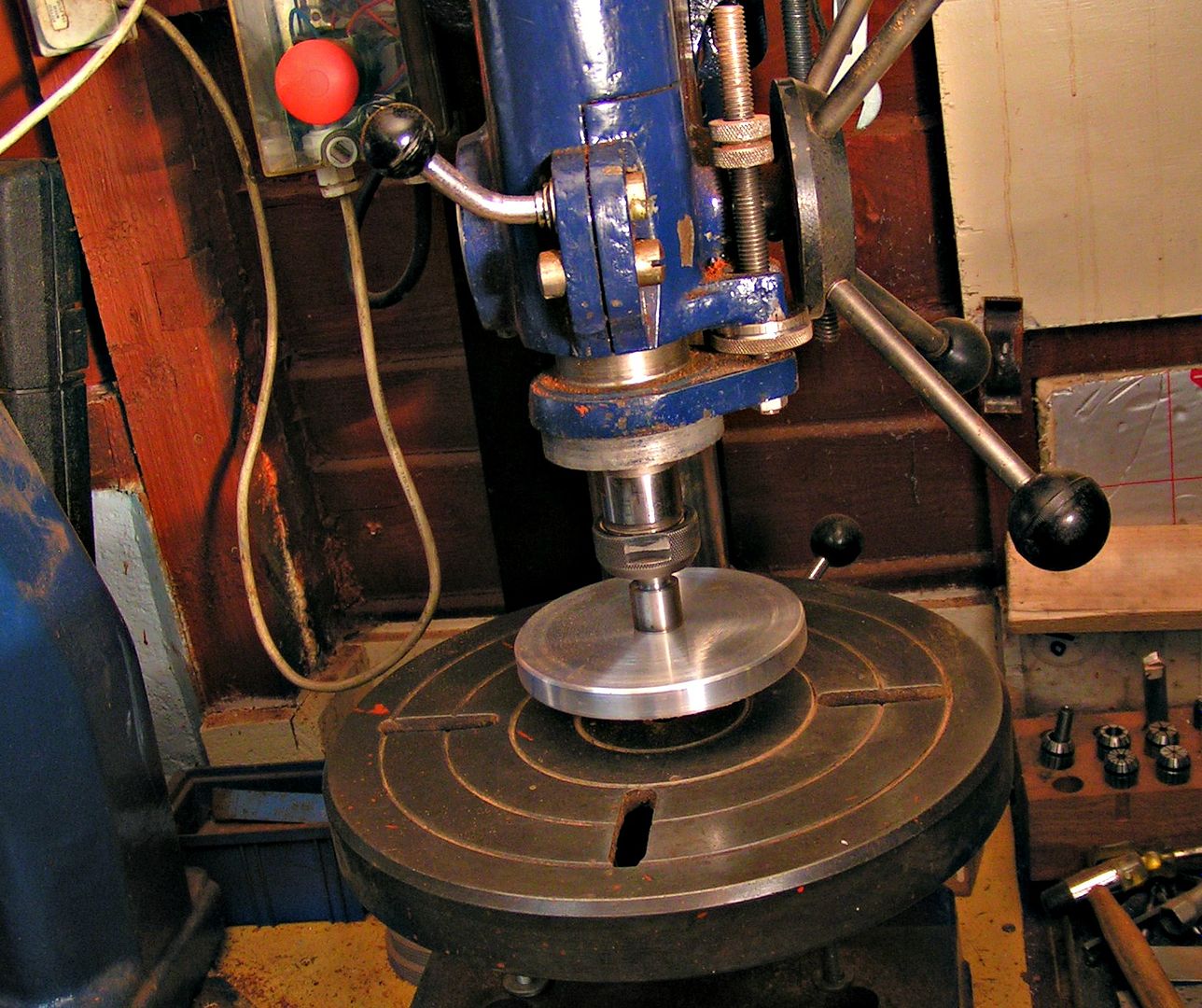Timbuck
Well-known member
I had a chunk of aluminium plate doing nothing ..so Today i decided to make Petes sander thingie out of it ...So I got the old lathe up and running and a couple of hour later I had one made ready for testing.
He was right about the dust being generated and I had to hold my breath while I did a quick test..I should have set up the extractor before I started but you know how it is when you are keen to see if it works ....Mrs Timbuck gave me a good bollocking afterwards
....Mrs Timbuck gave me a good bollocking afterwards 
Here is a short video of it in action.
https://www.youtube.com/watch?v=FhVP2mHPX38
He was right about the dust being generated and I had to hold my breath while I did a quick test..I should have set up the extractor before I started but you know how it is when you are keen to see if it works
Here is a short video of it in action.
https://www.youtube.com/watch?v=FhVP2mHPX38
Last edited:



